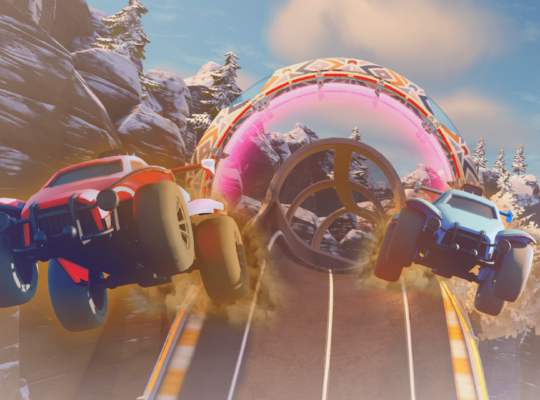Collaboration is a vital aspect of game development, and with the advent of UEFN (Unreal Editor for Fortnite), creators now have powerful tools to work together on shared projects. In this article, we will delve into the process of creating teams using the UEFN Creator Portal, explore the permissible roles within teams, and discuss the pros and cons of working with UEFN Teams. Whether you are a seasoned developer or a budding creator, understanding how to collaborate effectively in UEFN can enhance your game development journey.
Creating Teams in UEFN
The UEFN Creator Portal offers a platform for forming collaborative teams of developers and creators who can work together on shared UEFN projects. By creating teams, you can streamline coordination, assign specific roles and responsibilities, and track changes and versions of shared projects. Here’s a breakdown of how to create a team using the Creator Portal:
- Log in to your personal account in the Creator Portal.
- Access the Team Select window by clicking the down arrow from your name badge.
- Choose the option to create a new team and provide the team name and description
- Add team members using their Epic Account names and assign appropriate roles
- Complete the team creation process and consider transferring personal projects to the team
- Epic will send the invited members through an age verification process as participants must be over 18
- Once invited members are approved they will be added to the team. Then they can join and collaborate on the assigned team projects.
UEFN Team Roles
Within UEFN Teams, different roles exist to distribute responsibilities and permissions among team members. Here are the primary roles available:
- Owner: The owner controls all team branding, assigns team members, and has various administrative privileges, including project management, project monetization and metadata editing.
- Administrator: Administrators possess similar privileges to owners, such as project management, editing metadata, and team administration, with the exception of controlling team branding, branding profiles, and monetization.
- Publisher: Publishers have the ability to publish and manage projects, create new project versions, and submit project metadata.
- Collaborator: Collaborators can view projects, create new project versions, and edit project metadata.
Pros and Cons of Working with UEFN Teams
Working with UEFN Teams brings several benefits to game development projects, but it also comes with certain considerations. Let’s explore the pros and cons:
Pros:
- Streamlined Collaboration: UEFN Teams enable efficient coordination and real-time collaboration among team members, fostering productivity and creativity.
- Clear Roles and Responsibilities: Assigning specific roles ensures that team members have defined responsibilities, enhancing organization and accountability.
- Simultaneous Feature Development: UEFN Teams allow different team members to work on separate features simultaneously, increasing efficiency and project progress.
Cons:
- Ownership Limitations: While team members can have significant control and authority based on their roles, the owner retains ultimate ownership of the team and its projects. This means that if you are a creator who performs white-labeled services, that in order for the client to maintain full ownership of said project, they must be the owner of the team created in the creator portal.
- Restricted Publishing and Editing: Only certain roles (Owners, Administrators, and Publishers) have the ability to publish and edit islands or project metadata.
- Communication and Coordination: Coordinating efforts among team members requires effective communication and coordination to avoid conflicts and ensure smooth collaboration. Some of the roles may require that you be in a session in order the edit or make changes to the project, and this may be difficult for team members in different time zones.
- Team Member Limit: UEFN Teams have a maximum capacity of 30 members, which may impose limitations in larger-scale collaborations.
UEFN Teams is the Perfect Solution for Team Collaborations
Collaborating on UEFN projects through teams offers game developers the opportunity for streamlined coordination, enhanced productivity, and shared progress tracking. Understanding the process of creating teams, assigning roles, and considering the pros and cons empowers creators to make informed decisions when working with UEFN Teams in their game development journey.
JOIN US ON DISCORD!
Join The Creative Blok Discord to connect with amazing independent creative game developers from around the world!









